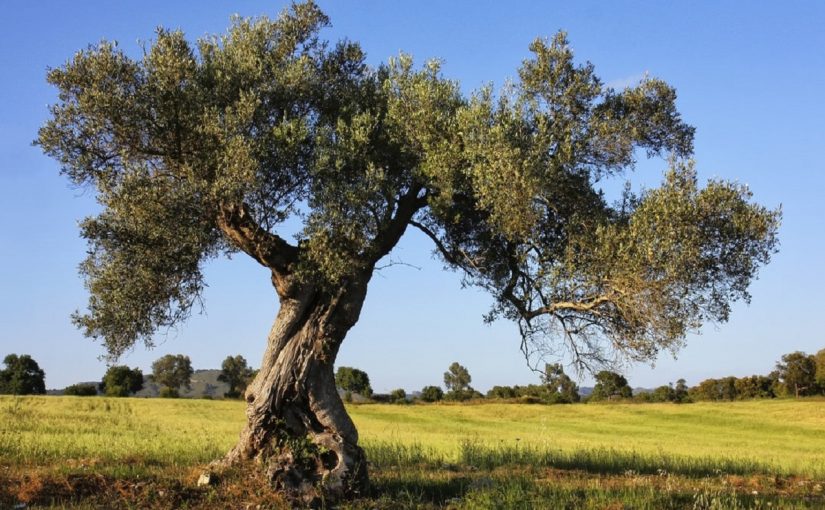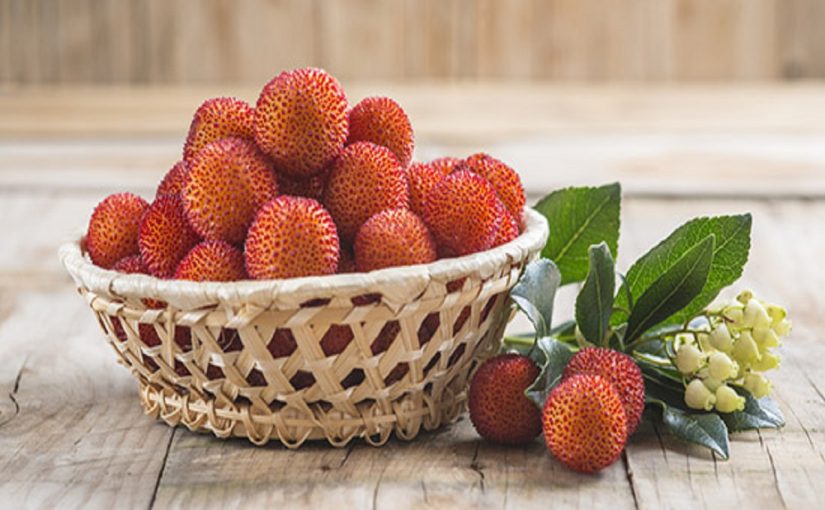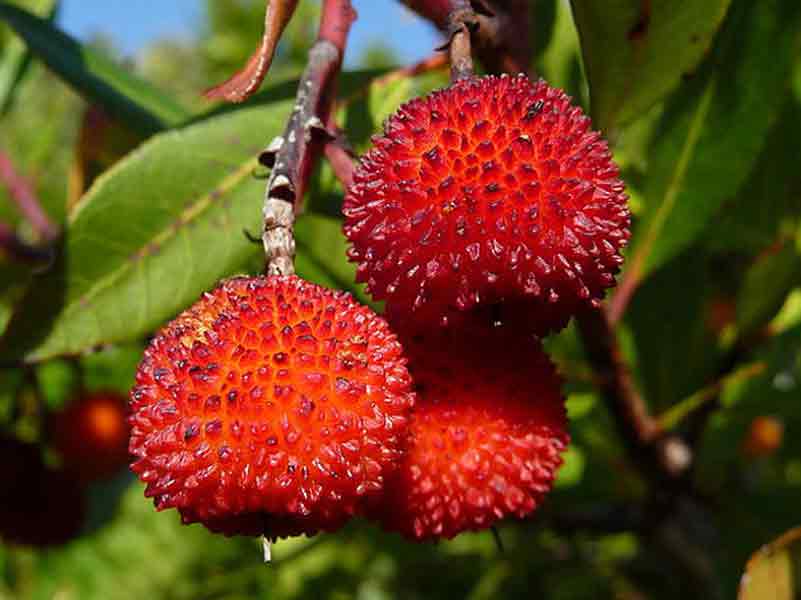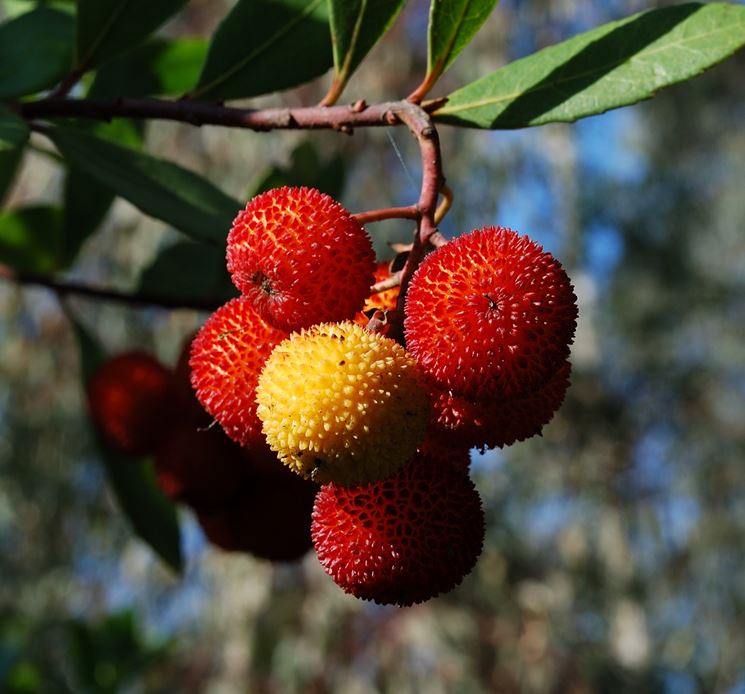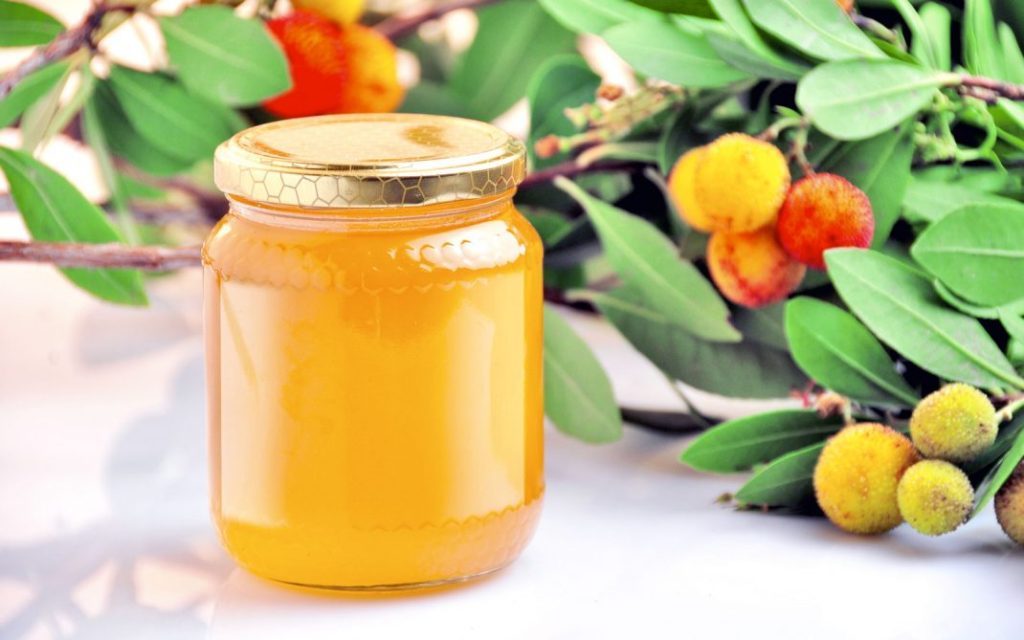27.7.2019
CALABRIA: A GARDEN OF OLIVE TREES
The presence of the olive tree, this centuries-old plant that turns the Calabrian countryside of Puglia and Campania to green, has been for centuries the peculiarity of the Calabrian lands and of the entire South. Their presence in our territories is so strong that we imagine that it is spontaneous vegetation, nothing more wrong!
The olive tree for centuries needs care so that it grows luxuriant and produces its fruit.
For millennia, in fact, the work of planting the olive trees, including the harvest, involved entire Calabrian families.
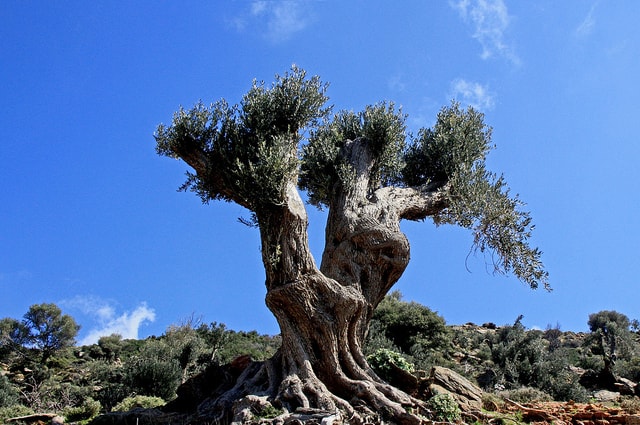
The endless expanses of olive groves are the result of centuries of land transformation and how the Calabrians are linked to this plant. The Calabrian territory has been, at least under the botanical aspect, shaped by the wise hands of the peasants who devote themselves to this millenary activity with self-denial.
What has been said so far represents the concrete demonstration that the fruits of these natural monuments have given the Calabria Region the possibility of entering the European commercial logic since the second half of the seventeenth century, intercepting the developments and transformations of the international market.
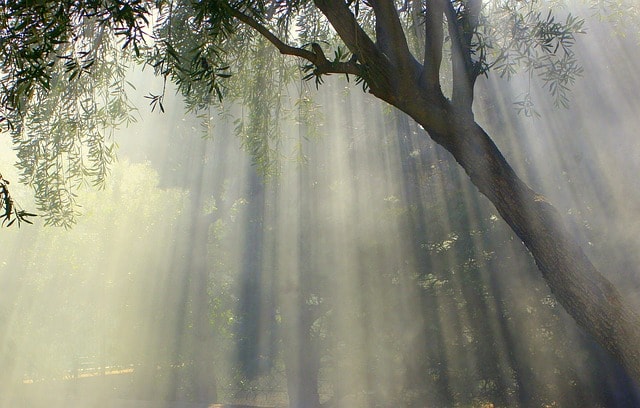
A LONG HISTORY
Starting from the mulberry tree and the renowned silk production, we arrived at the cultivation of olive trees and, finally, of citrus fruits.
Unlike what happened for the production of cereals, the cultivation of olive trees helped the territory, to guarantee greater stability to the lands oppressed by the fragile hydrogeological conditions (typical in Calabria the floods). In Calabria, or rather in Calabria, the olive-growing has spread rapidly, creating highly specialized areas, such as the areas of Gioia Tauro and Rosarno, reaching, then, up to the slopes of Aspromonte.
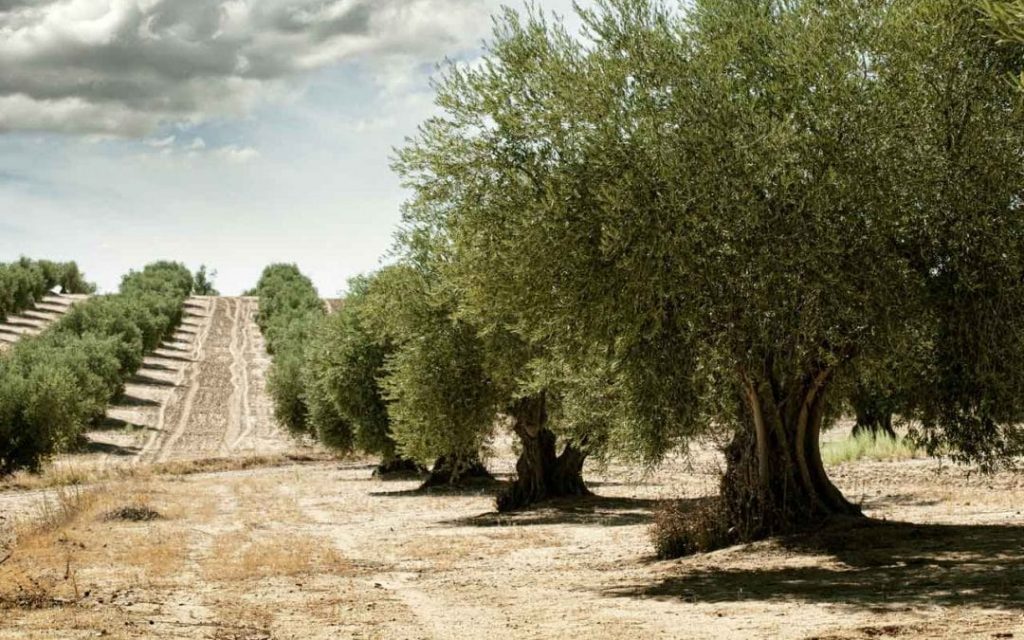
Also on the Ionian side, in Rossano and Cirò, there has been an overwhelming rise of this plant. The production of oil grew so greatly that, in some cases, the traditional and secular Apulian supremacy was actually surpassed by Calabria (it is often said, since the end of the eighteenth century, that “when Puglia rests Calabria produces”).
THE DEVELOPMENT UNDER BOURBONS’ KINGDOM
The first strong signs of the flourishing of Calabrian olive growing were recorded Starting in 1735. The author of this renewal was King Charles III of Bourbon, who assisted by Minister Tanucci, implemented a series of reforms that renewed the Kingdom of Naples.

The writer Giuseppe Maria Galanti, in one of his work (“Writings on Calabria, a meticulous investigation of the socio-economic conditions of Southern Italy between the last decade of the eighteenth and the early nineteenth centuries”) wrote:
“Generally olive groves are hoed and are fattened, and the use is that each owner usually keeps or uses small herds of sheep to fertilize. Where there are no sheep, fertilizers are the lupines. In Catanzaro and its contrada the use of the ancient “trappeto” [a olive press] continues. The oil is preserved either in clay pots or in tanks made of Genoa stone ”. Evidence of the very noteworthy diffusion of the olive tree is a series of documents of the time such as, in particular, notarial deeds concerning rents or restitution of olive groves or trappeti.
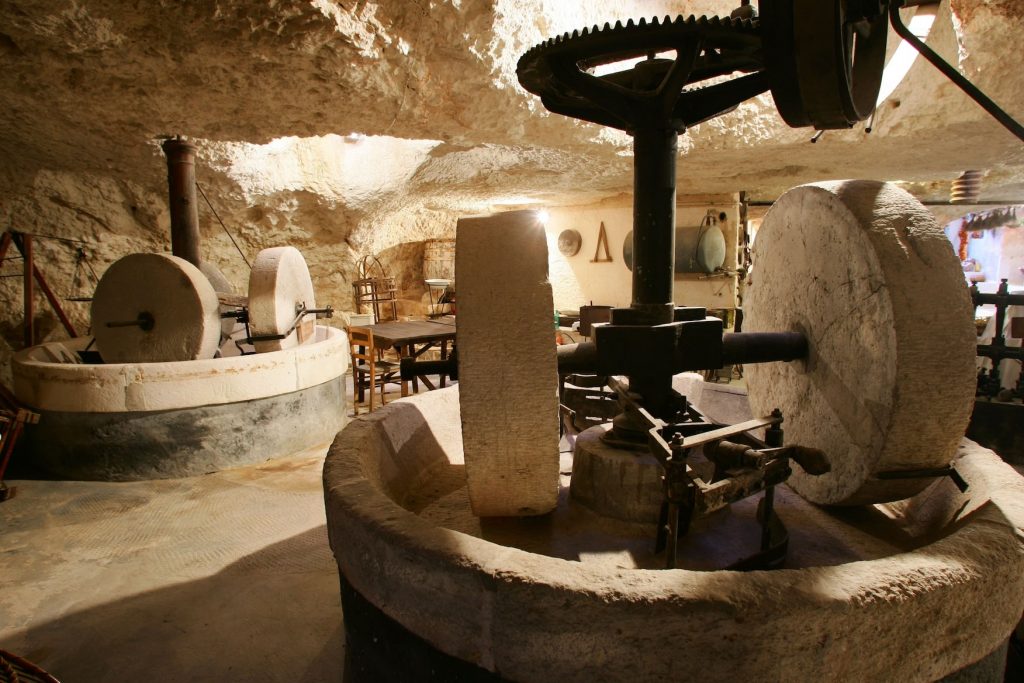
Among the many, we report that, related to the land of Cannavà, one of the most fertile and extensive in the municipality of Catanzaro; here, the Duke of Cardinale, Luciano Serra, had planted an olive grove of 2000 barrels of oil (hl. 10.460). The olive trees, of remarkable dimensions, had a yield equal to about 14 hectoliters of olives (24 tomoli)… and the closed horizon of the dark olive grove and the gloomy air of the immense plain is enlivened somewhat by the fragrance of a squared garden of about 15 hectares. The trappeti are in the village, but the pomace goes to the old trappeto to be washed, which is a building occupying 72 ares of land with millstones 10 and presses 24″.
According to some sources, at that time, the Calabrian olive oil production came alone to represent the value equal to one third of all the olive oil production of the Kingdom of Bourbons. The enormous olive oil production of Calabria is analyzed by another scholar, Grimaldi, in his “Statistical studies on the agricultural and manufacturing industry of Calabria Ultra II“, published at Borel and Bompard’s Book-typographic Establishment, Naples 1845.
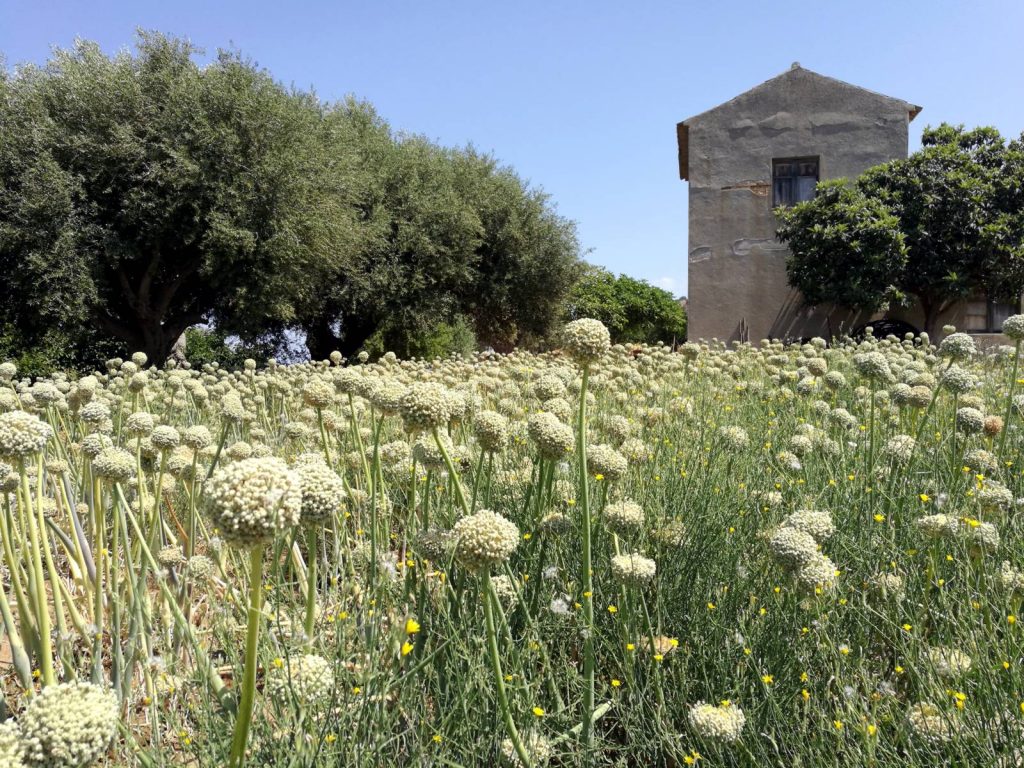
Further, Grimaldi, in his “Meridional Question, studies and texts of Borzomati”, wrote:
“Extended cultivation and useful to the Province is that of the olive trees: it was derelict during the decade from 1806 to 1815 so that the olive groves, in part, were destroyed, and, in part, were substituted by many woods. Once the trade was revived, the ancient olive groves began to be taken care of, new plantations were made, and at present almost every site is progress.
Although in 14 municipalities, the olive tree is cultivated throughout the province, of which the qualities called ogliarole and rotondelle, which give abundant oil, and celline, of which less is obtained but of better quality, abound. . In general, they are not taken care of and are abandoned to themselves […].
Fertilizers are not applied to olive groves at all. …]. Pruning is made in winter, in some sites it is not done, in others it gets hurt […].The olive harvest is generally done when these are perfectly ripe, except for very few owners who carry it out before reaching this point. The fruit is partly harvested from the ground and the remainder on the tree is dropped by perturbing the branches. In addition to the damage that comes from the system of cutting down and collecting mature olives, there is the other that derives from keeping them before harvesting for about a month piled up and pressed in places that are often humid and low […].
Olive oil mills, commonly called trappeti, are defective. In fact, the grindstone is a hand and a half wide and with a little sharp cut, so in addition to being heavy and slow moving, it requires a lot of effort to be moved and the shredding of the olives is not well done.
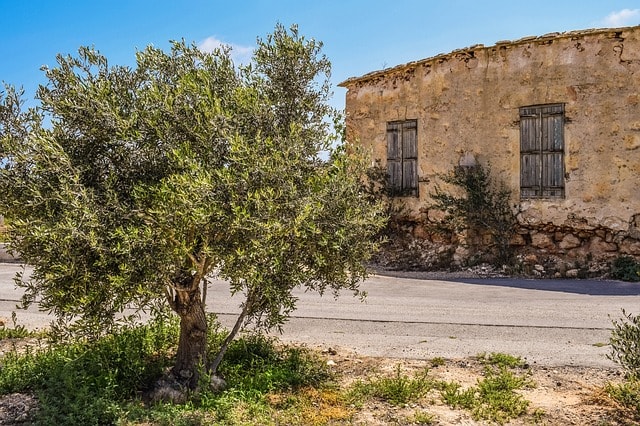
The olive oil product is 19,523 barrels, that is cantaja [a certain unity of measure of that time] 107.287 and rolls [idem] 57 and 1/3, and it is little less than doubled in the last decade, since, before 1835, the average product was 10.623 barrels; the price is 55 ducats each barrel. Finally the olive groves can be considered as occupying 312.368 moggia [a land unity measure] of the territory of the province, and are mostly in the district of Catanzaro and in that of Crotone“.
It is clear that the famous Calabrian writer Grimaldi was thoroughly familiar with the situation of the Calabria countryside.
AFTER NAPOLEON
There was a phase of blockade under the Napoleon, but growth resumed in the years to come.

Calabria began to export more and more olive oil, not only in the other provinces of the Kingdom, but also and above all in the main European countries.
The Calabrian olive oil was highly sought after by the industries of Northern Europe, especially by the soap factories of Marseille and by the English textile industries.
Cloth olive oil, the olive oil for clothes, as it was called in the Anglo-Saxon lands, was intended not for food consumption, but used for processing fabrics in factories and for lubricating machinery. This is why the Calabrian landowners were not interested in the refinement or improvement of the finished product.
CONTEMPORARY HISTORY
Today, olive growing is the fundamental sector of agriculture in the region. In terms of income, it represents 25% of gross salable production.
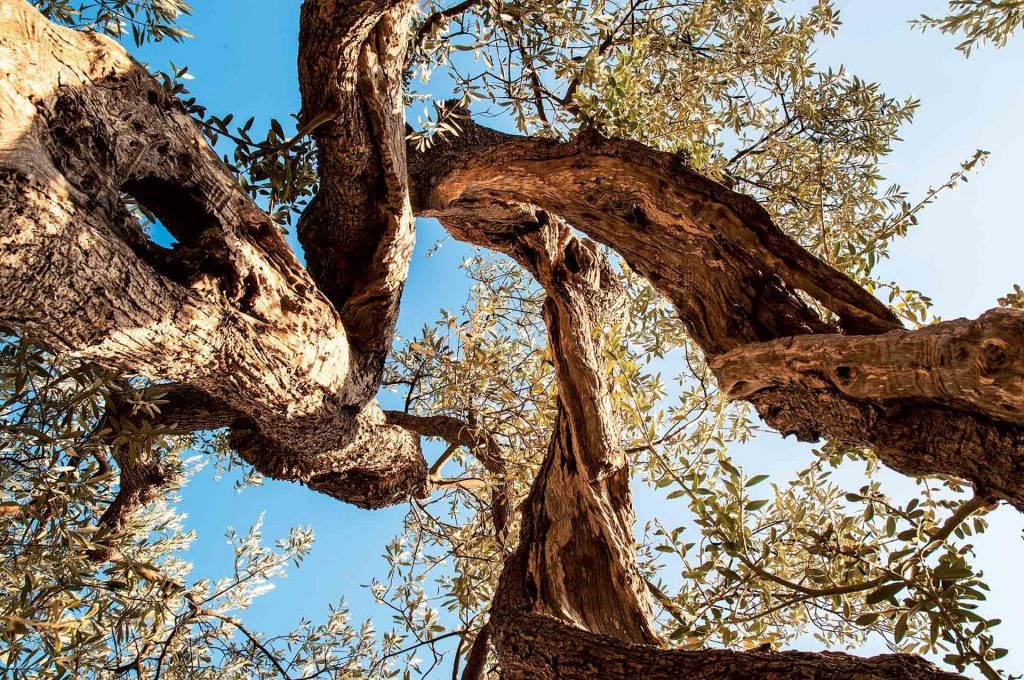
There are more than 160,000 Calabrian olive farms. Their contribution to direct and induced employment is significant. The development of the crop is essentially linked to the resolution of technical and economic problems summarized below:
– Restructuring of olive groves
– Conservation of part of the plants to meet environmental and landscape needs.
– Removal of old plants that are no longer profitable and replanting of new cultivars.
– Production rebalancing through the containment of the phenomenon of the alternation of the production cycle and the pest control.
– Reduction of production costs with particular reference to that of collection.
– Production of oil with low acidity and good organoleptic characteristics, that is directly edible.

